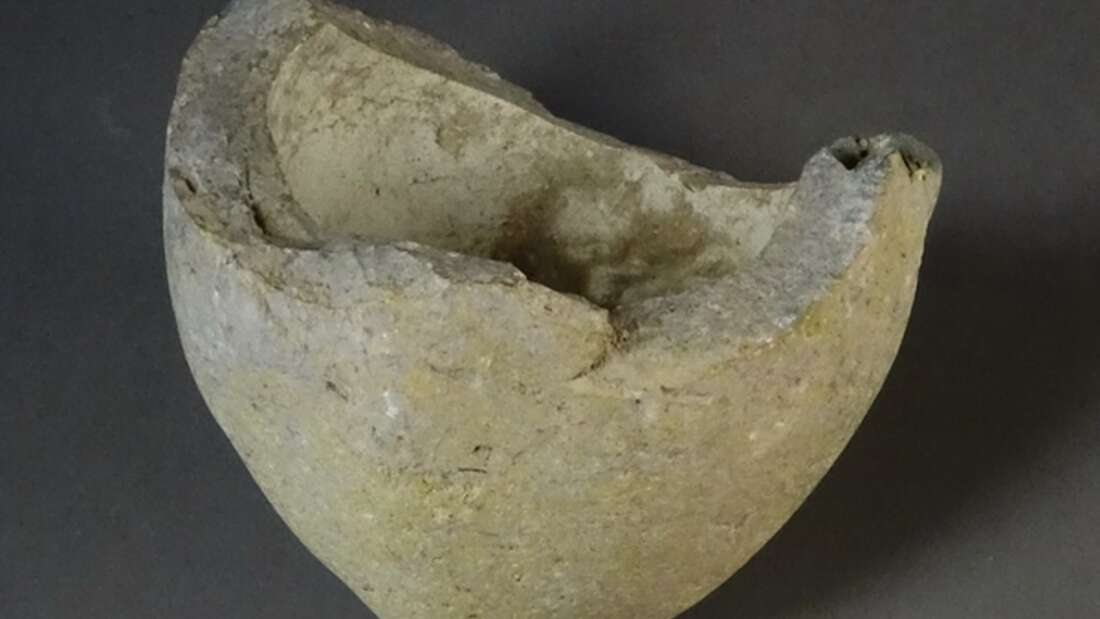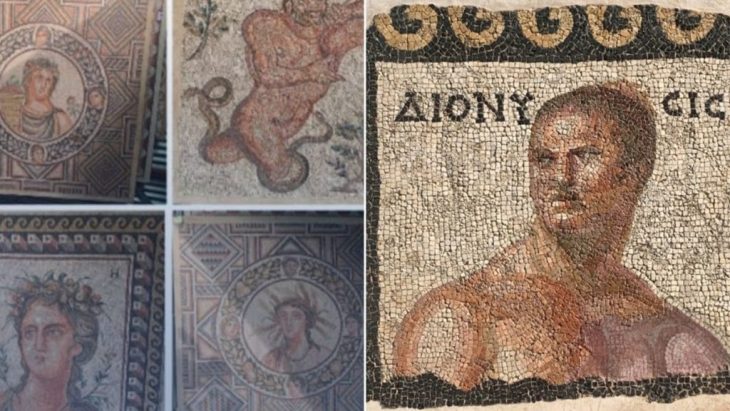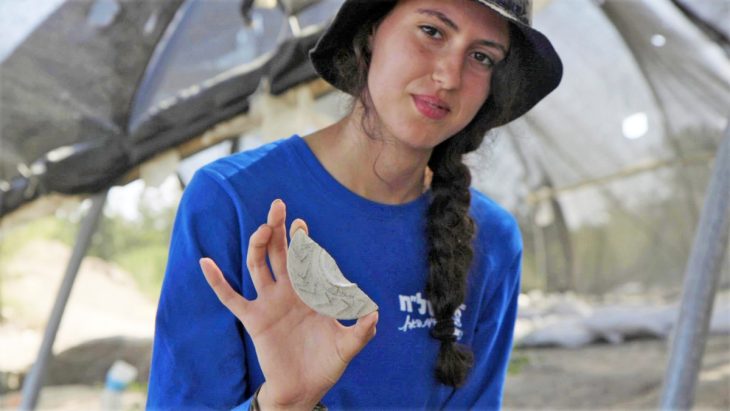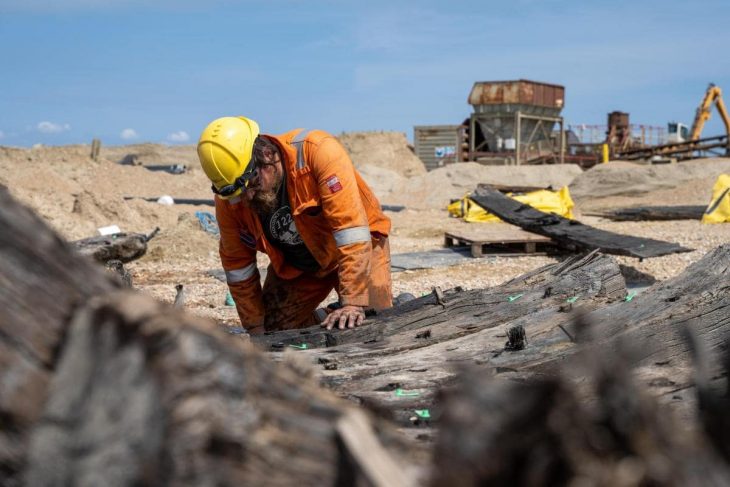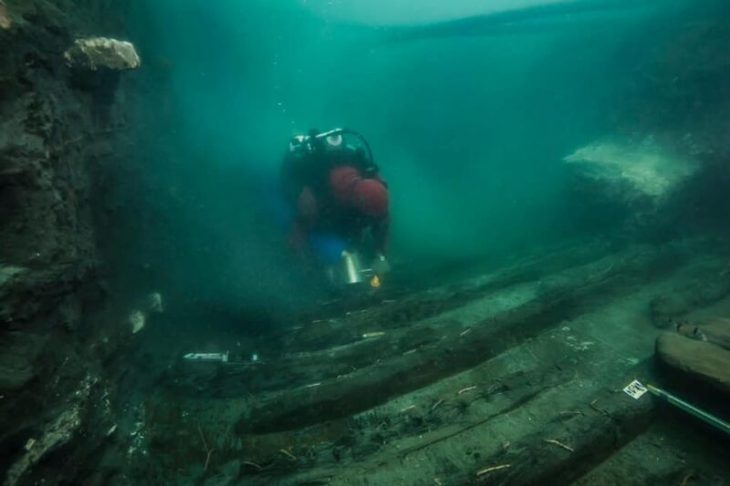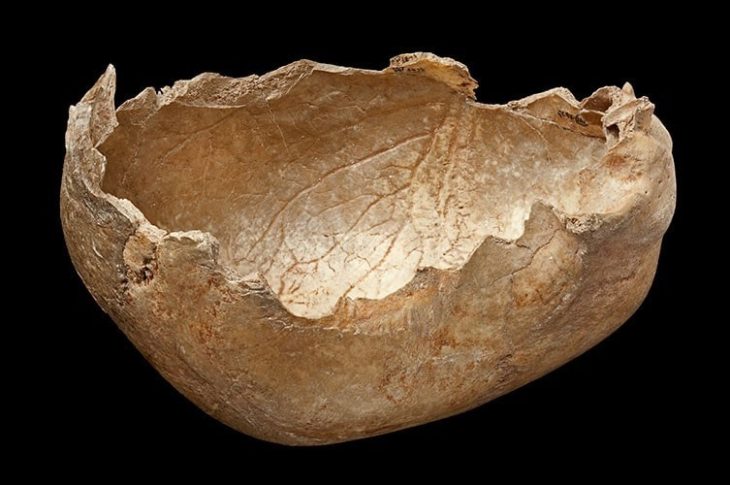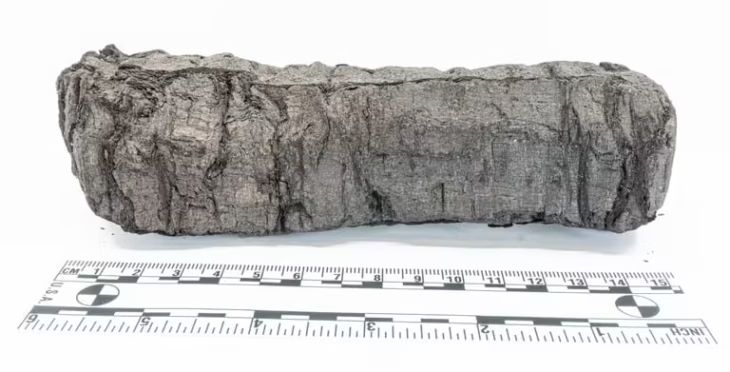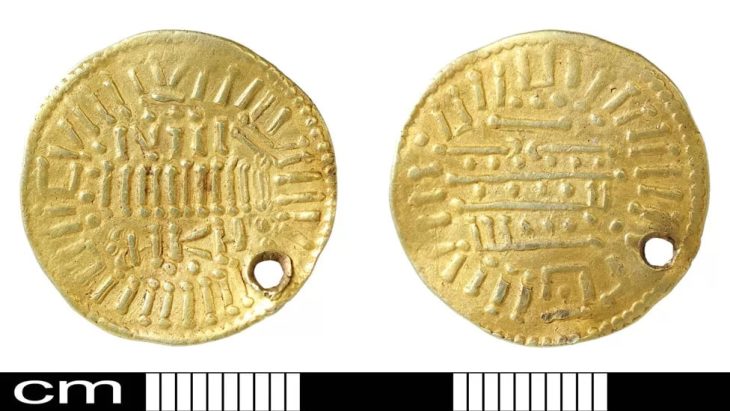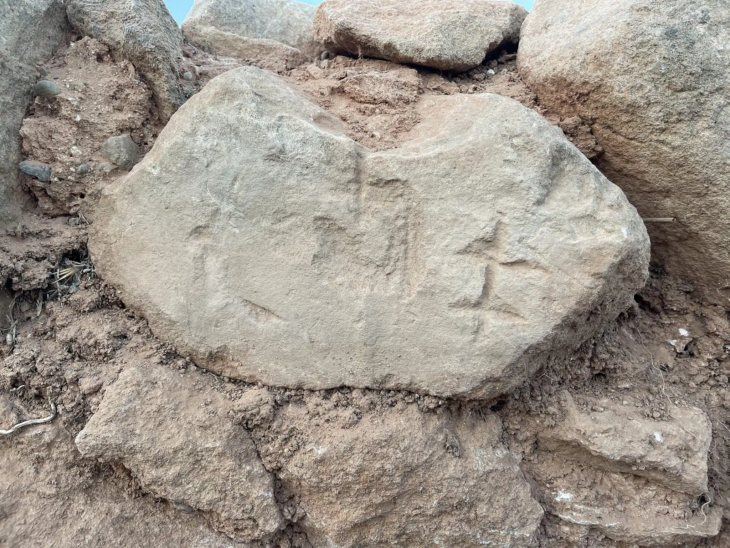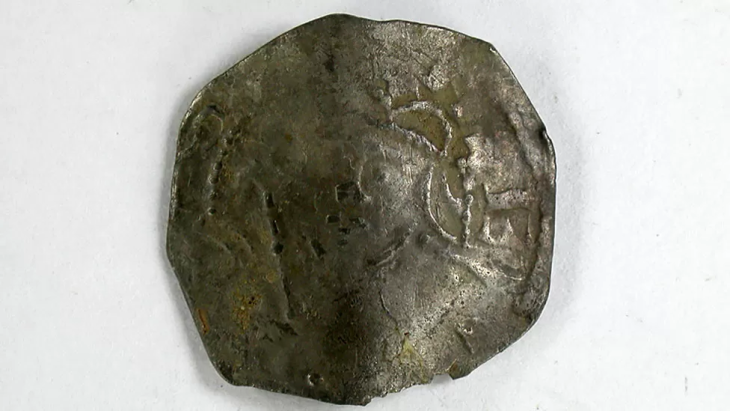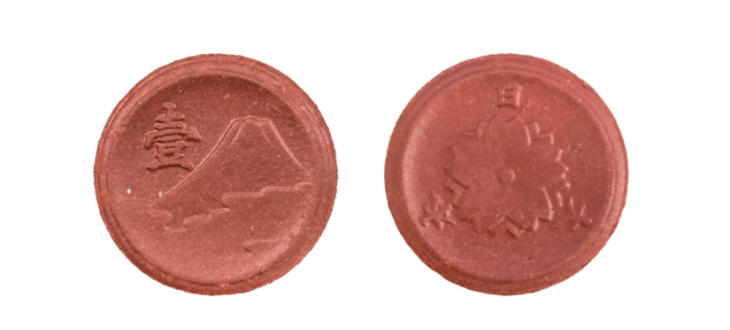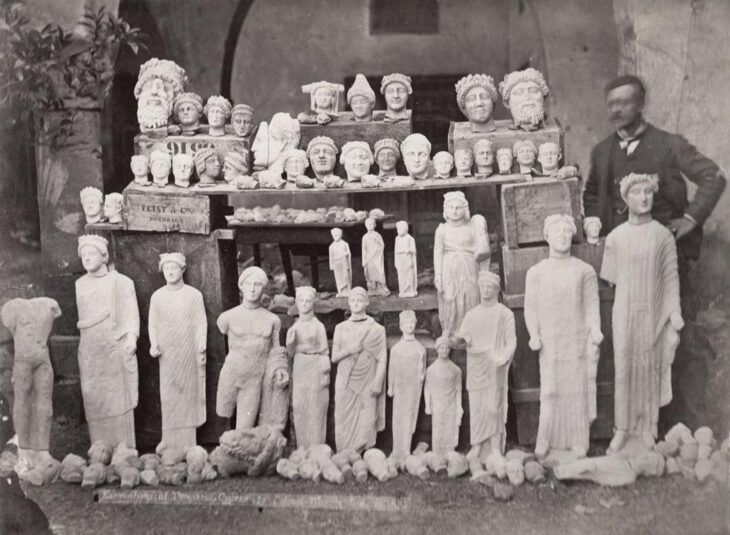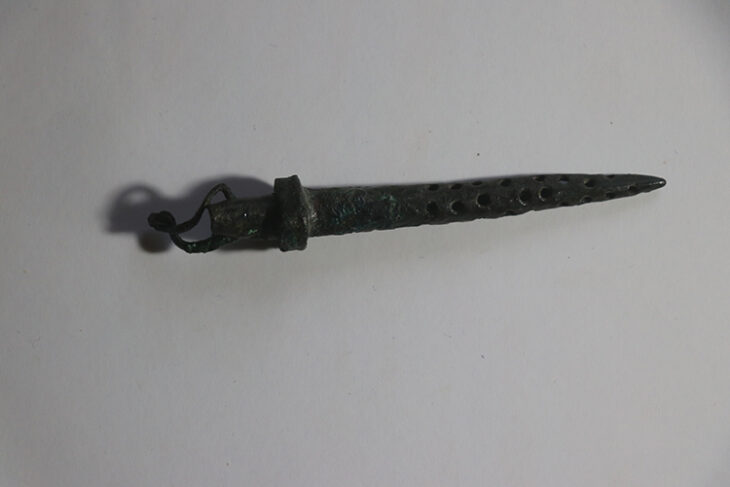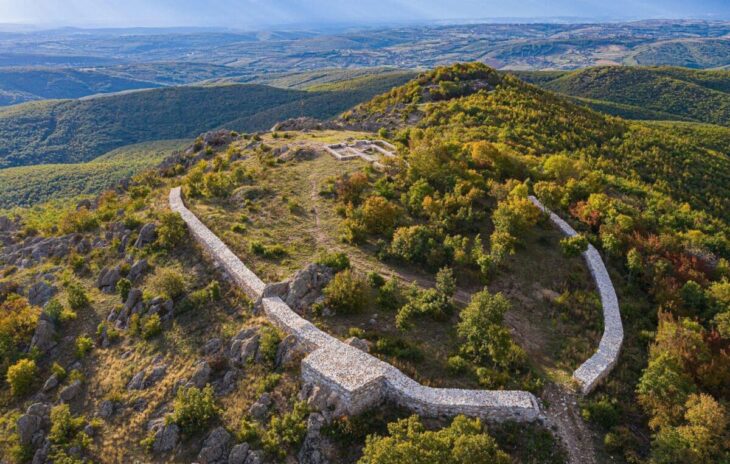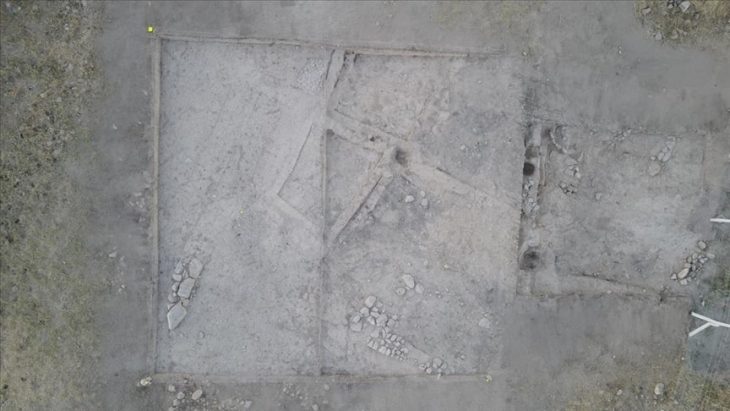New analysis into the residue inside ancient ceramic pots from 11th–12th century Jerusalem has found that they were potentially used as hand grenades, a new study suggests.
New analysis of four potsherds unearthed back in the sixties showed that one contained what looks to be explosive material.
Spherical and conical ceramic vessels dating from the ninth to the 15th century are found widely across the Middle East, but their uses are debated. Speculation has included that they were used for a variety of purposes, including beer-drinking vessels, mercury containers, containers for oil, and containers for medicines.
This latest research, led by Griffith University in Queensland, Australia, confirmed that three of the vessels contained oils and medicines, as expected.
The four potsherds analyzed were found in the Armenian Garden location in the walled Old City of Jerusalem between 1961–and 1967, and held in the Royal Ontario Museum.
One of the four, dubbed sherd 737, is easily the most significant, containing a flammable mixture that was probably used as an explosive. Rather than being an import from China, where gunpowder had been used since at least the ninth century, it seems this explosive was of local manufacture, and possibly invention.
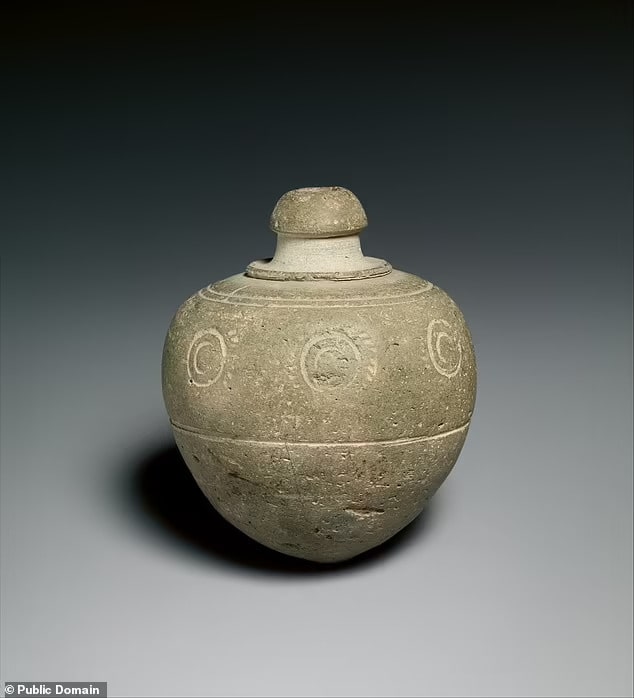
Sherd 737 contains traces of sulfur, mercury, magnesium, and nitrates suggestive of a sophisticated explosive device very different from the black powder soon to arrive from China. The magnesium, for example, may well have come from the Dead Sea, where it was extracted at the time.
“This research has shown the diverse use of these unique ceramic vessels which include ancient explosive devices,” says molecular archaeologist Carney Matheson from Griffith University in Australia.
“These vessels have been reported during the time of the Crusades as grenades thrown against Crusader strongholds producing loud noises and bright flashes of light.”
“Some researchers had proposed the vessels were used as grenades and held black powder, an explosive invented in ancient China and known to have been introduced into the Middle East and Europe by the 13th century. It has been proposed that black powder may have been introduced to the Middle East earlier, as early as these vessels from the 9th-11th century.”
The researchers aren’t ruling out other potential uses for the fourth pot: a fuel source for a lamp maybe, or a container for oils, since there was also the presence of fatty acids (which have been used in early thermal weapons).
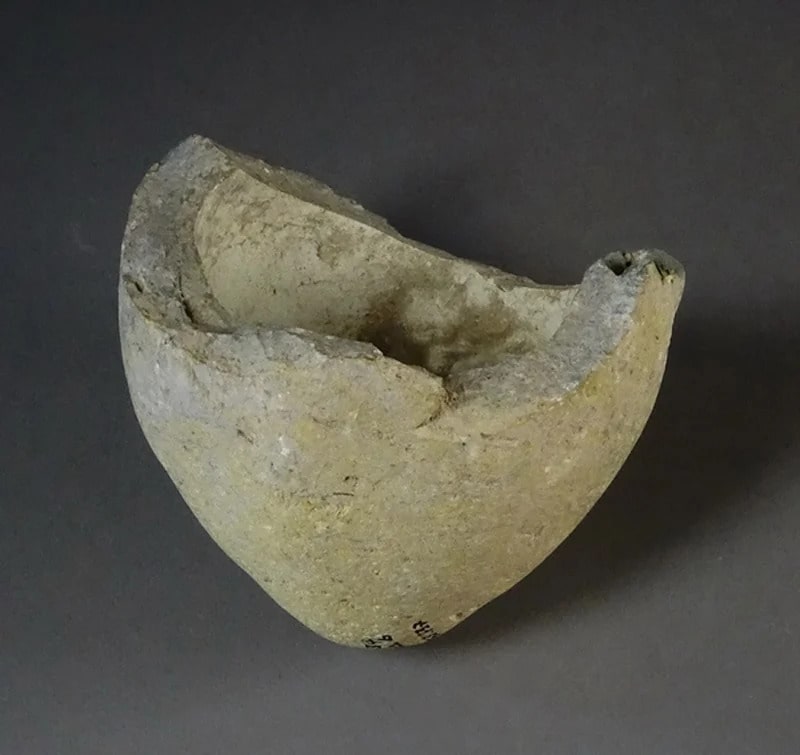
What they do say is that the grenade hypothesis is “worth considering further”, not least due to the vessel’s shape, size, and thickness.
Associate Professor Matheson said the research also revealed that some of these vessels had been sealed using resin.
“More research on these vessels and their explosive content will allow us to understand ancient explosive technology of the medieval period, and the history of explosive weapons in the Eastern Mediterranean,” he said.
This is another piece of evidence for researchers looking to understand how the war was waged thousands of years ago.
What remains uncertain is what exactly was inside these early hand grenades. A mixture known as Greek fire has been suggested, but there’s no consensus on what the recipe for this actually is – and its makers never documented the process of putting it together.
The research has been published in PLOS One.

